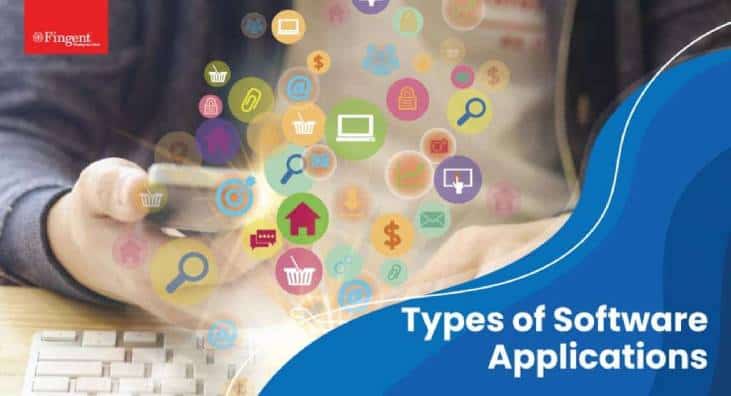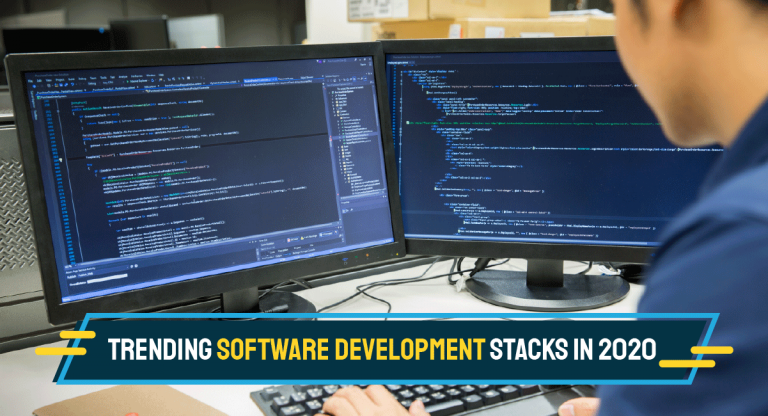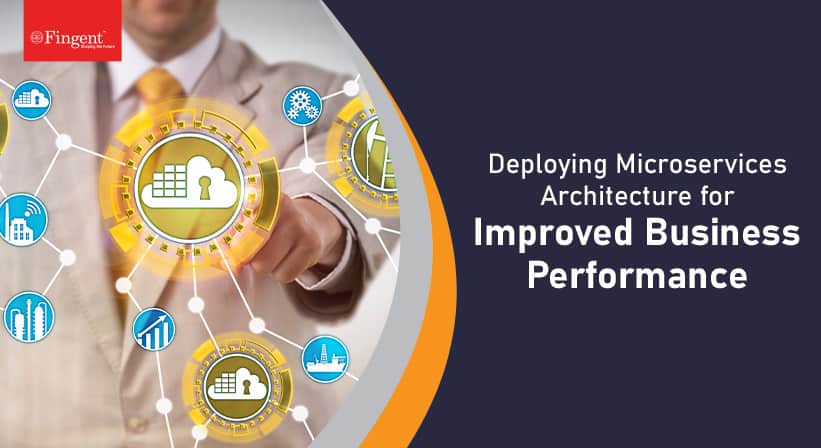Functional Programming Or Microservices: What Suits Your Business App Development
The world of programming has come very far, and it continues to evolve. What this gives you is – options. Out of the many ways to fabricate these programs, the two most common ways are functional programming and microservices. This blog gives you an in-depth view of both of them.
To understand the similarities and differences between these two, we must first understand how they work individually.
What Is Functional Programming?
Functional Programming (also called FP) is a programming paradigm in which everything is bound together by using pure mathematical functions. Its programming style is declarative because it focuses on “what to solve” instead of “how to solve.”
FP is mainly based on the ancient Lambda Calculus developed in 1930. It is famously known as the smallest programming language in the world, and it defines what is computable. Functional programming languages are classified into Pure Functional Languages and Impure Functional Languages. A few examples of Programming Languages that support functional programming are – Haskell, JavaScript, and Python.
Read more: Enhance Your Small Business Growth & Success with Custom Software Solution!
What Are Microservices?
Microservice architecture, or simply Microservices, is a modern perspective on software whereby application code is conveyed distinctively in small, manageable pieces. It mainly focuses on building small, self-contained, and ready-to-run applications that can bring great pliability and added resilience to a code.
Each service functions independently in its own process, making microservices a service-oriented architecture where applications are built as a collection of divergent smaller services rather than one whole monolithic app. The programming languages that support microservices development are – Java, Golang, Python, .Net, and Node JS.
Read more: Is Microservice Architecture The Next Best Move For Businesses?
How Are Functional Programming And Microservices Similar?
Although Functional Programming and Microservices are very different, a few similarities can be noted between them.
- They have a shared goal of deployed elasticity
- Both functional programming and microservices are formulated to scale and load-balance simultaneously with any increase in demands
- They are also designed to replace faulty instances
- They both share a concept of encapsulation and clear separation
- Both functional programmes and microservices are small, which means they both carry the minimum amount of logic
- When using microservices or functional programmes, utmost discretion is advised since the major quality of experience problems could develop.
- The most significant point of similarity between the two is that neither functional programming nor microservices should store data within a component.
With the help of transport independence and pattern matching, services can be edited from your system, letting you reposition the topology with each deployment. If you look closer, this benefit emerges from the similarities between microservices and functions from functional programming.
How Is Functional Programming Different From Microservices?
Although often associated together, microservices and functional programming are fundamentally quite different, especially regarding software design and development. A few of these differences are listed and explained below:
- Reasons for small size – Microservices are small to facilitate better generalization, which capacitates developers to contrive applications from a collection of small functional units. Whereas functional programmes are small to perform limited tasks. Functional programs cannot be composed into applications; instead, they are linked with events.
- Functional programming concepts aggressively exercise stateless behavior. It emphasizes mostly on generating the same outputs from the same inputs. While microservices usually exhibit stateful behavior because they conserve state throughout a database, which is also called back-end state control.
- Functional programming performs on asynchronous outside triggers cited as event flows. Alternatively, microservices are called by other software when they are required to be part of a workflow.
- At a specific point during processing, you’re probably calling a microservice if you want to call an individual component. Still, if you want to respond to something external, that’s generally pursuant to functional programming.
- Organized functions have sequences in place of workflows, and every step in the processing of an event is likely set on by the step before it. On the contrary, all activations of your software associated with microservices are explicit calls, so you don’t have to worry about figuring out how to keep the steps in sequence.
- Exploring how they will sequence the steps in their scheduled functions is imperative for functional programming, but concurrency is the key with microservices.
- Since microservices are called by other software, you can control how they are called, so you can control concurrency. Alternatively, you can expect event-driven functions to be concurrent.
Under What Circumstances Are Functional Programming And Microservices Best Employed?
Functional Programming:
Typically it is used for mathematical operations, AI, and pattern matching; generically, anything that can be broken down into a set of rules that must be utilized to get a solution.
Some of FPs advantages that make it better employed are –
- It helps solve problems effectively in an easy way.
- It increases modularity.
- It allows the implementation of lambda calculus in programmes to solve complex problems.
- Some programming languages endorse nested functions which improve the tenability of the code.
- It improves the productivity of the developer.
- It helps debug any code briskly.
Microservices:
Microservices have quintessentially changed the way server-side engines are fabricated. Making the most of microservices is a unique science and requires discipline.
A few of their advantages that make them better employed are –
- Each microservice, as needed, can evolve independently, enabling constant improvement and faster app updates.
- Resources can individually be increased to the most needed microservices rather than scaling an entire app. Therefore scaling is faster and usually more cost-efficient as well.
- If a particular microservice fails, you can prevent cascading failures that would cause the app to crash by simply isolating the failure to that single service.
- Its smaller codebase allows teams to understand the code more easily, making it simpler to maintain.
- Microservices boost agility by reducing the time to market and speeding up your CI/CD pipeline.
Read more: Breaking Down The Enterprise Software Monoliths!
Make the Best of These Programming languages for Your Business
Deciding which programming language is best for you is a critical decision.
Speak to our tech experts at Fingent top custom software development company to see which one is right for you and how you can implement it for your business.
Stay up to date on what's new

Recommended Posts

08 Sep 2023 Education Healthcare
Types of Application Software: A Detailed Guide for 2024
Types of Application Software: Guide for 2024 Application software offers a plethora of options tailored to meet diverse needs and objectives. Choosing the right application software can transform operations and……

28 Aug 2023 B2B
A Quick Guide On Open Source Security and Risk Management
“In the digital era, privacy must be a priority. Is it just me, or is secret blanket surveillance obscenely outrageous?” - Al Gore The internet is a great big place with……

16 Aug 2023 B2B
Add Intelligence To Your Enterprise Software With AI
Today's businesses aren't content with revolving orbits; they're reaching out for galaxies. Are you one of them? AI can get you there. By equipping your enterprise software with a powerhouse……

16 Mar 2023 Utilities Travel
Top 10 Tech Stacks That Reign Software Development in 2024
Top 10 Tech Stacks That Reign Software Development in 2024 What is a Tech Stack? A tech stack, also known as a software stack or development stack, is a combination……
Featured Blogs
Stay up to date on
what's new

























































